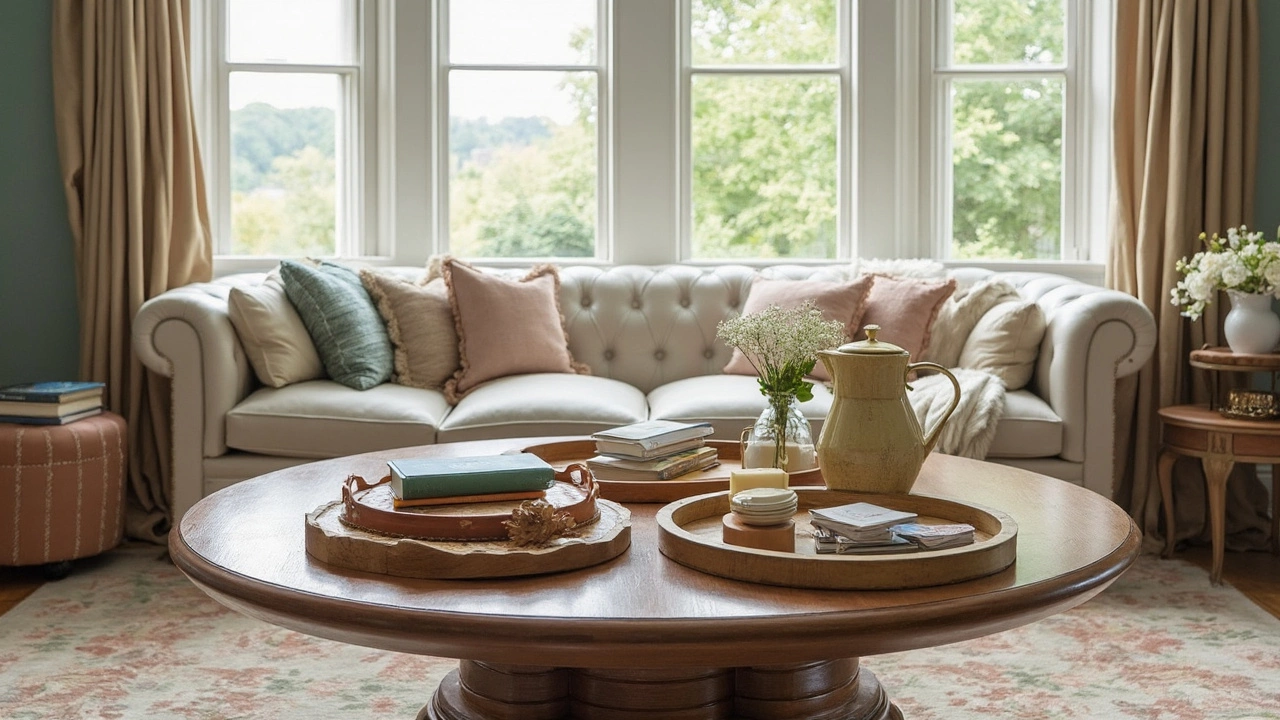Tray Shape: Choose the Right Style for Your Home
When you look at a tray, the first thing you notice is its shape. A round tray feels soft and inviting, a square tray brings order, and an oval one adds a touch of elegance. Knowing which shape fits your space can make a big difference in how the room looks and feels.
Common Tray Shapes and When to Use Them
Square trays are the workhorse of any home. Their clean lines match most furniture, from rustic wooden sideboards to modern metal coffee tables. Use a square tray to organize books, candles, or remote controls. It keeps everything in a neat grid and makes cleaning a breeze.
Round trays are perfect for casual settings. Place a round tray on a low coffee table and fill it with snacks, drinks, or a stack of magazines. The curve creates a relaxed flow, letting guests move around without bumping into sharp corners. If you have kids, a round tray reduces accidents.
Oval trays sit somewhere between square and round. They work well on narrow console tables or under a window seat where a full circle would look crowded. The longer shape lets you line up items like coasters, journals, or a small plant, giving you more surface without taking up extra width.
Rectangular trays are the go‑to for serving meals or arranging decorative clusters. On a kitchen island, a rectangular tray can hold fruit, a cutting board, and a vase, keeping the center clear for prep work. Their elongated shape also helps define zones in an open‑plan space.
Styling Tips for Different Tray Shapes
Start with the material. Rustic wood trays add warmth to a cottage‑style living room, while sleek acrylic or metal trays keep a minimalist vibe. Pair a wooden round tray with a linen napkin for a cozy coffee break, or use a matte black metal rectangle on a glass coffee table for an industrial edge.
Play with height. Stack a low tray under a taller one to create visual interest. For example, place a thin metal square tray on top of a deeper wooden rectangle. The contrast draws the eye and gives you extra storage without clutter.
Mix and match sizes. A large oval tray can hold a vase and a stack of books, while a small round tray nearby holds a candle and a remote. This layered look feels curated, not chaotic. Just keep the color palette simple – two or three tones work best.
Don’t forget function. If you need a tray for daily use, choose a shape that matches the motion of the room. In a high‑traffic hallway, a rectangular tray with rounded edges prevents scratches on walls. In a bedroom, a round tray on a nightstand makes it easy to reach a glass of water without fumbling.
Finally, consider the surrounding furniture. A round tray on a square coffee table creates a soft contrast, while a square tray on a round table adds a structured feel. Play around until the shapes balance – the room should feel harmonious, not forced.
Choosing the right tray shape doesn’t have to be complicated. Look at the room’s layout, think about how you’ll use the tray, and match the material to your style. With a little trial and error, you’ll find the perfect tray that ties the whole space together.
Best Tray Shape for a Round Coffee Table: What Works and Why
Choosing the right tray shape for a round coffee table can transform your living room setup. This article breaks down which tray shapes work best visually, how to keep your decor balanced, and practical tips for making your space look styled but not crowded. You'll find real-life tricks for mixing shapes and tackling common decorating mistakes. Get ready to crack the code on the perfect coffee table centerpiece.
More
